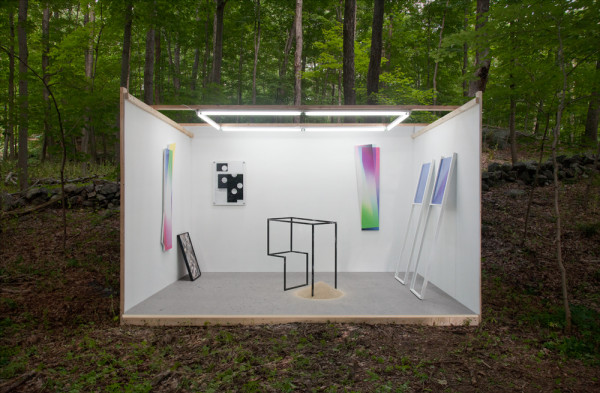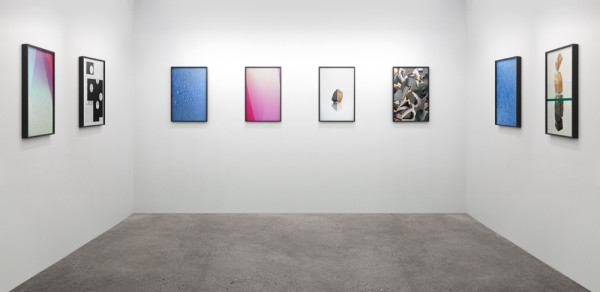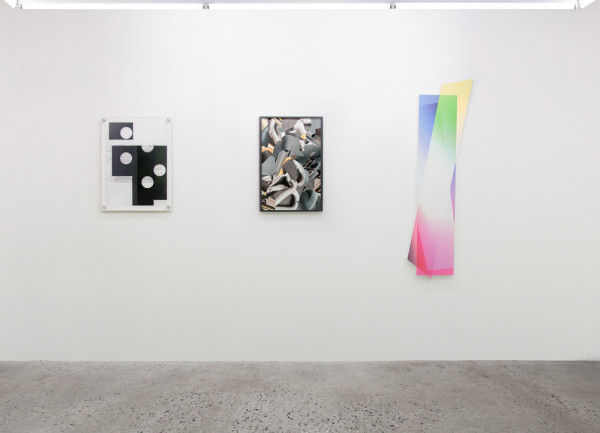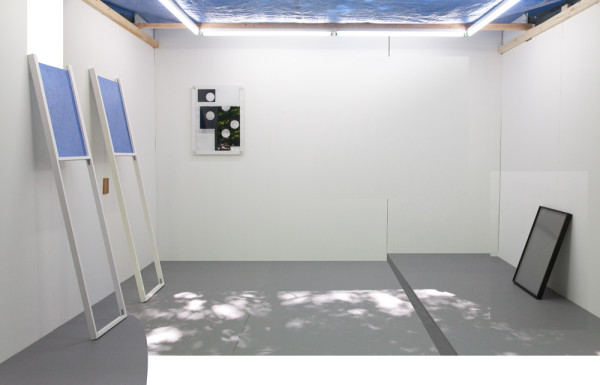Compression Artifacts
Friday, 17 January 2014
A project by Joshua Citarella featuring Wyatt Niehaus, Kate Steciw, Brad Troemel, Artie Vierkant and Joshua Citarella.
“Compression Artifacts is a comprehensive investigation into the specific agency that independent artists may access through the contemporary means of image production and distribution. When viewership now occurs at the screen, we may at certain careful instances reassess the values of physical space and material production.
As of their date, the images herein represent both the heights of success and inherent failures of photography-with-software to create value through the description and contextualization of an artwork. Following this line of inquiry, Compression Artifacts presents a curated selection of works which anticipate their transmission as images and have so taken on certain characteristics native to graphics editing software. Material production once shifted to accommodate the lens. It now shifts to accommodate the algorithm.
Compression Artifacts was conceived and built as a set within which to make photographs, designed to facilitate its own sublimation into digital images. The lighting installation mirrors the physical dimensions of the space, rendering an identical exposure on each surface. This static exposure allows photographs of the space to be almost seamlessly composited and reconfigured. The exhibition may expand or contract to fill any dimensions.
Material, photography and software are here considered in conjunction with one another. Art objects and exhibition spaces may now be partially fabricated, documented and through software hyper-realistically transformed into idealistic states whose physical manifestation would reach beyond the material means of their producers. In a universe comprised of images, where cultural exchange occurs through the screen, the ability to create the outward appearance of value becomes a means of empowerment.
The presence of graphics editing software has allowed increasingly hyperbolic descriptions to pass under the same critical rubric as conventional lens based photographs. As a means of documentation, conventional photography aims towards the most perfect reproduction, to close the gap between the world and its picture, while software aims to close the gap between the world and its image; not its visuality but its conception. At all instances software has been written to deliver digital captures into their ideal states, to unburden photographic images from the constraints of material, time and space.
A new ethical framework is beginning to form around documentation. The impetus of the contemporary photographer is to uphold the virtual concerns of an object and the space within which it exists. Knowledgable practitioners have long understood the inadequacies of photographic description. Fabricators have understood the constraints of material. Graphics editing software enables image producers to more acutely address the distortions inherent to lens-based photography and the limitations of material production; to more more mimetically, albeit less indexically, represent the world around them in accordance with their subjective experience and desires. Not yet so in title but clearly in practice, unedited images are now considered to be further from the real than their hybridized photography-with-software counterparts.
Contemporary culture straddles the threshold of an ontological shift which would value the digital image over the actual. The proliferation of idealized software-altered-photographs works to disenfranchise viewers from materiality. Yet for all its radical potentials towards transcendent immaterialism and horizontality, this technological revolution seems to have alighted at little more than a gilded veneer atop an old and familiar leaden substrate.
Images continue to serve as the primary instrument in the cultivation of desire. As part of our immersion into a global network of images we become ever more fully encircled by the photographic universe. Its descriptive system is now expanded through the presence of software but it continues perform the same essential function; representations working to recast our individual and collective conceptions of the body, material, time and space. The tools evidenced here are already present within all images now circulating in contemporary culture. Compression Artifacts may serve as a critical intervention to reorient viewers’ relationship to photographic images here forward.” – Joshua Citarella




